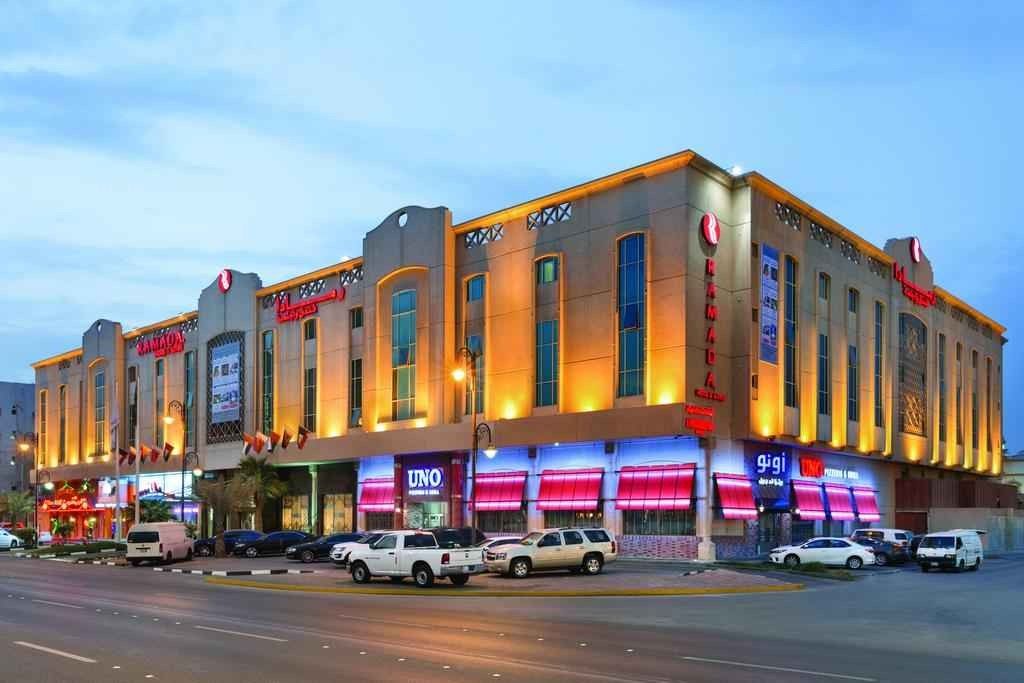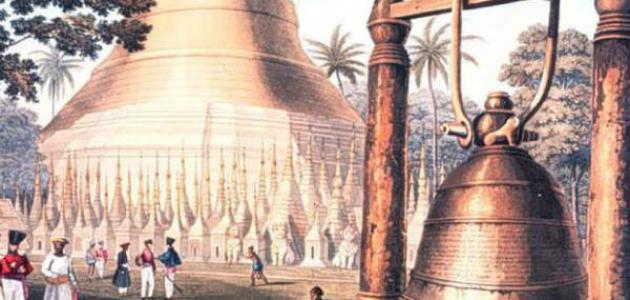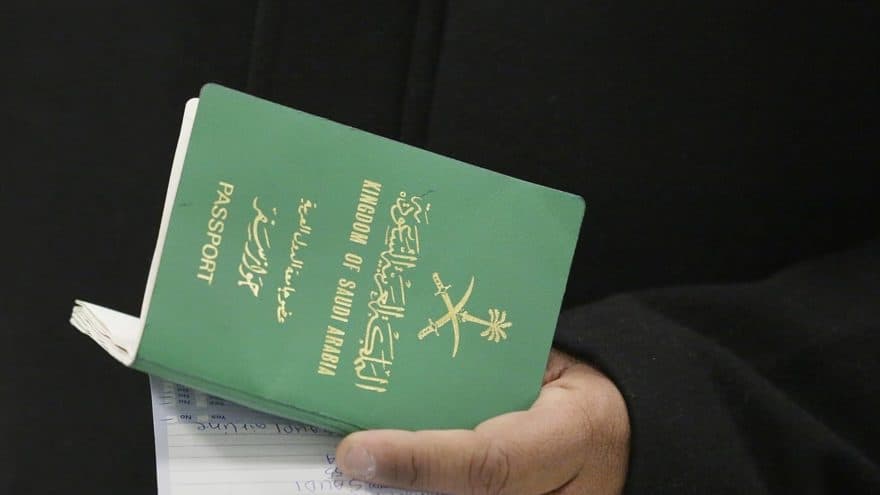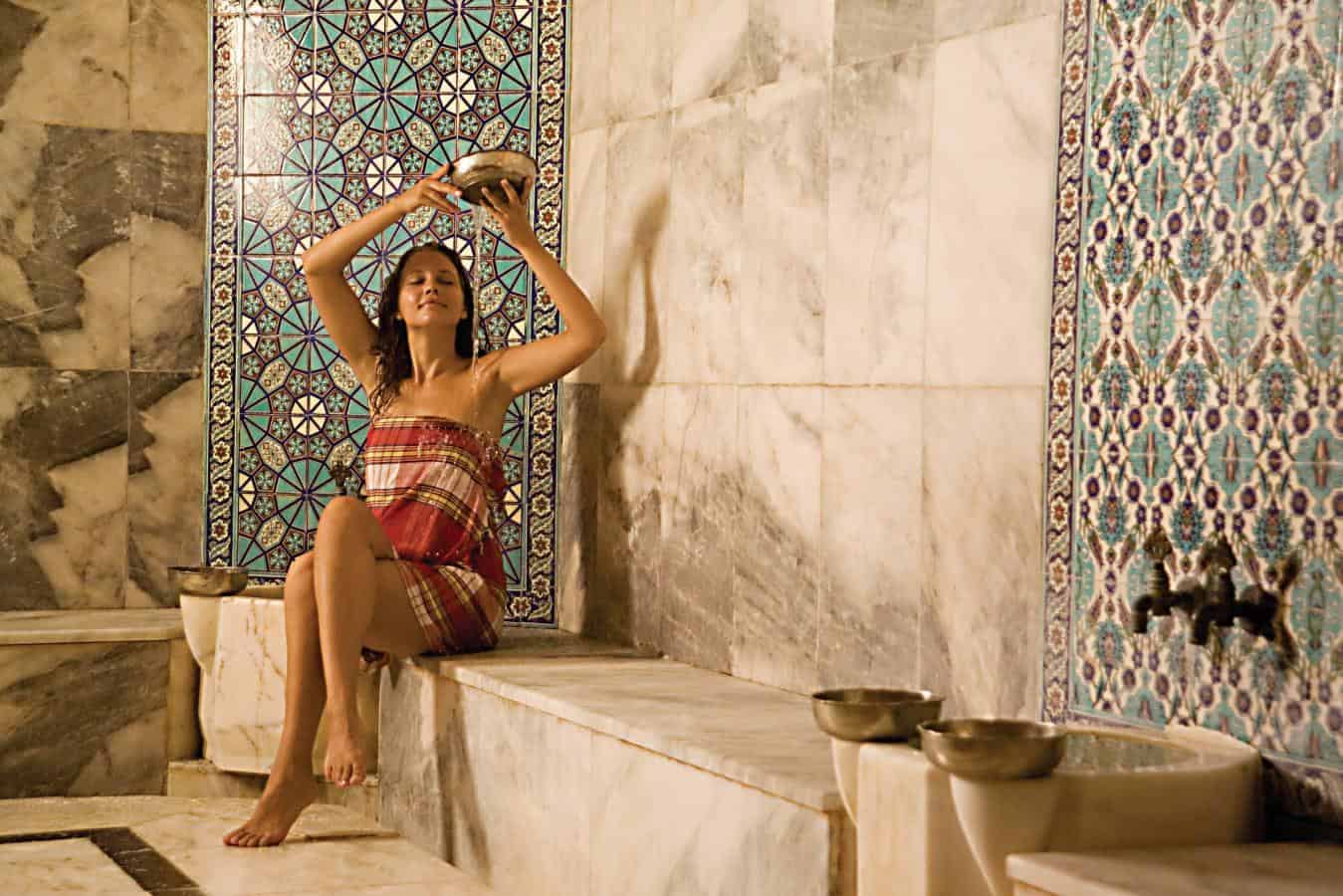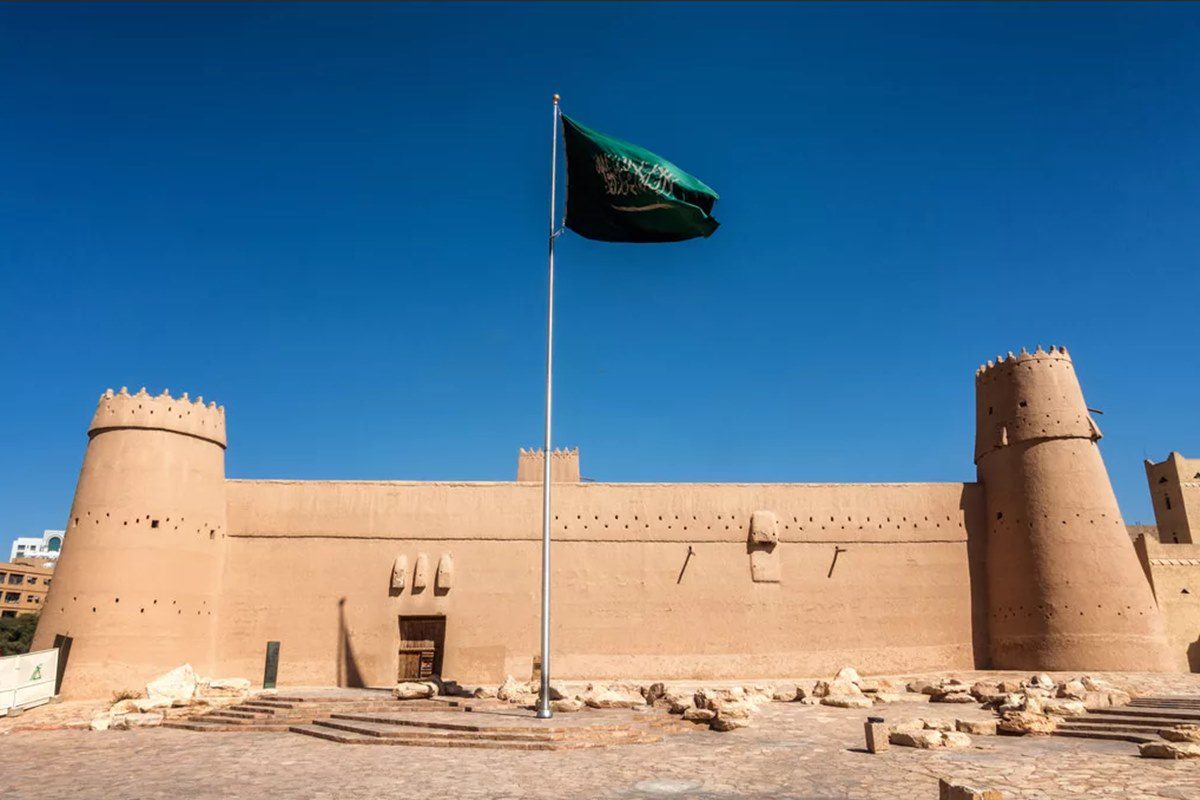Table of Contents
Madain Saleh
Madain Saleh is one of the ancient archaeological sites located in the northwest of the Kingdom of Saudi Arabia, in the Al-Ula governorate of the Medina region, and was known in the past as the city of Hajar, and Madain Saleh was home to the people of Thamud probably, and the name of the stone was mentioned in the Holy Quran, in his saying come: (I have lied stone messengers owners and given them Our portents They were exposed to them, and they sculpt from the mountains houses are safe Vokhzthm hooray Msubhan richest them what they earn) [سورة الحجر: 80 – 84].
Archeology in Madain Saleh
Aspects of life persisted in the cities of Saleh until the fourth century AD, as it was the capital of the Kingdom of Lahyan, which is also part of the Nabataean kingdom, and it is the second largest city after Petra in Jordan, and from the remains of the city to date a hundred and fifty-three facades carved in the rock, and a group of Islamic castles, traces of the Hijaz railway line, and the railway station, as well as locomotives. Madain Saleh was included on the World Heritage List in 2008.
Madain Saleh’s location and geography
Madain Saleh is located 22 km northeast of the city of Al-Ula, while it is separated 400 km to the northwest of Medina, and 500 km to the southeast of Petra in Jordan, and the archaeological site is located within an easy area, near the foot of the basalt plateau, which is the southeastern part of The Hijaz Mountains, and in the western and northwestern section of the site, there are groundwater that may reach depth of twenty meters, and the area is considered rocky with distinction, as it is spread in the rocky shapes surrounded by sand dunes, and multicolored like red, yellow, and white.
Madain Saleh’s history
Foundation
The origins of Madain Saleh or Al-Hajar date back to the Kingdom of Worms, which belonged to a certain kingdom from the fifth century B.C. until the beginning of the first century B.C., and in this period the city of Al-Hijr and some areas of the northwest of the Arabian Peninsula were established. They are a branch of the people of Thamud, the kingdom of the worms at the time, and when a certain state in Yemen was destabilized, the Lahianites took control of the kingdom, and they named it after their name.
Nabataean rule
The Nabataeans came to the cities of Saleh in the first century BC, where the era of the Fourth Harith, who took the city as the second capital of the Nabataeans, after Petra, and the stone was distinguished by its preservation of the manifestations of Nabataean architecture clear on the rocks, and carved facades, not to mention their interest in water; they dug wells, and set up Reservoirs to collect rain water in the rocks, as well as interested in cultivating oases, carving places of worship in the rock, and the city of stone developed a lot during the Nabatean era, as it was a vital center for the ancient caravan routes, which made them control trade and caravans and monopolized them too, and the situation remained so until Romen poetry By threatening, they declared war on the Nabatean kingdom, and they were defeated in stone in 106 AD, but the Romens did not inhabit the city, which was abandoned for a long period of time, before it was annexed to the Romen Empire in the same year, and it and the rest of the Nabataean kingdom, but the Romens later abandoned it And in the period between the end of Romen control over Mada’in Saleh, and in the period of the advent of Islam, its history was unknown.
The modern era
The inhabitants of Tayma used Madain Saleh in the nineteenth century AD as a source of water, as the Turks built a railway station, and with the end of the sixth decade and the beginning of the seventh decade of the twentieth century, the Saudi government began a series of measures to improve the conditions of the Bedouins, who increased in number in the region, in conjunction with Government reform programs, related to the revitalization of agriculture and the restoration of water wells despite the issuance of a Saudi fatwa prohibiting Muslims from entering Madain Saleh, as it was a residence for the people of the past, but in the year 2012 AD, the Saudi Ministry of Tourism invited to visit and revitalize tourism to it.

